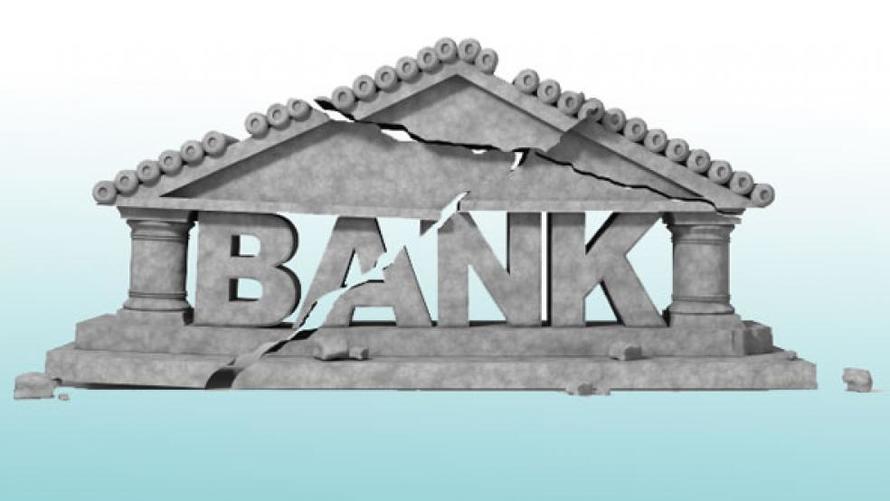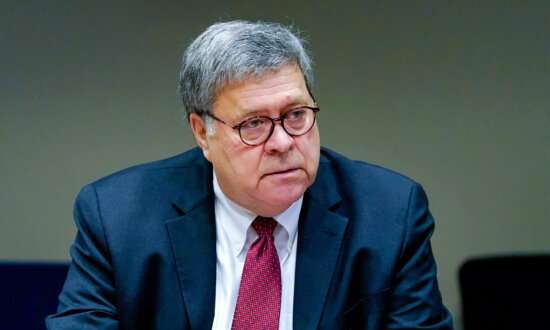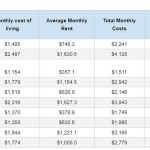Authored by John Rubino via DollarCollapse.com,
Despite all the ominous press being devoted to the soon-to-be-inverted yield curve, it’s not always clear why such a thing matters. In other words, how, exactly does a line on a graph slipping below zero translate into a recession and equities bear market, with all the turmoil that those things imply?
The answer (which is both simple and really easy to illustrate with charts) is that banks – the main driver of our hyper-finacialized society – still make at least some of their money by borrowing short and lending long. They take money that’s deposited into savings accounts and short-term CDs (or borrowed in the money markets) and lend it to businesses and home buyers for years or decades. In normal times long-term rates are higher than short-term to compensate lenders for tying their money up for longer periods. The banks earn that spread, which can be substantial if borrowers make their payments.
When the yield curve flattens and then inverts – that is, when short rates exceed long rates – banks lose the ability to make money this way. They lend less, which restricts building and buying and spooks the broader markets.
So, here’s the flattening, apparently soon-to-invert yield curve:

And here’s how bank stocks are behaving in response. The following chart is for the BKX bank stock ETF that includes all the major US banks.

Note how it was stable for the first nine months of the year and then fell off a cliff as it became clear that the yield curve really was going to invert.

Reuters conducted a poll of bond analysts that illustrates how fast things are changing:
U.S. Yield Curve to Invert in 2019, Recession to Follow: Reuters Poll
The U.S. Treasury yield curve will invert next year, possibly within the next six months, much earlier than forecast just three months ago, with a recession to follow as soon as a year after that, a Reuters poll showed on Thursday.
The two-year Treasury yield is forecast to rise to 3.20 percent in the next 12 months, from around 2.78 percent on Wednesday, according to the Reuters poll of more than 70 bond market strategists taken Dec. 6-12. The 10-year bond yield was expected to rise to 3.30 percent from about 2.90 in a year.
While that would put the yield spread between the two-year and 10-year Treasuries in a year around where it is now, at around 10 basis points, about 40 percent of respondents forecast that gap to be zero or negative in the next 12 months.
Just in the last three months, the yield spread has collapsed by two-thirds from just over 30 basis points. That has coincided with one of the most tumultuous periods on global equity markets since late August.
Thirty of more than 40 strategists who answered an extra question expect the 2s-10s yield spread to become negative in the next 12 months, including 15 who said within the next 6 months. Half of 26 strategists in the poll expect a U.S. recession to follow that inversion within the next two years.
While there is no set pattern on how long it takes for a recession to hit once the yield curve has flipped, it took about 18 months before the last deep recession about a decade ago.
The conclusion: Sentiment in the bond market – and by implication the broader economy – took a huge hit in the past couple of months.
[ZH: As did the market’s expectations for the Fed rate trajectory]

And since in a fiat currency system sentiment is everything, it should be no surprise that banks are down and taking the rest of the stock market along for the ride.












